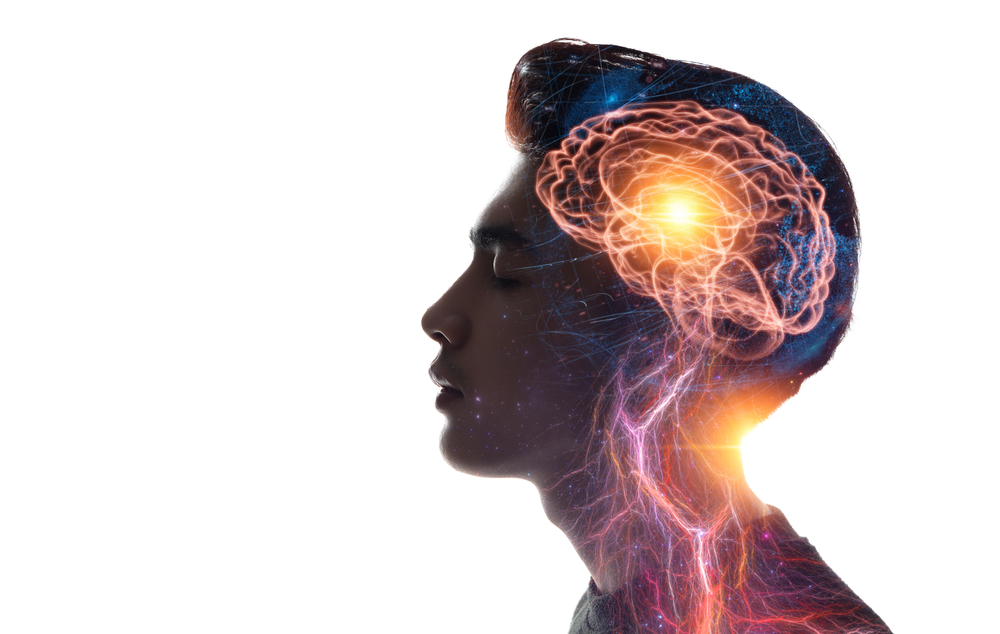


One of the most common misconceptions about medication-assisted treatment is that it swaps one addiction for another. Many people still believe that using medications like buprenorphine, methadone, or naltrexone simply replaces one substance with another. However, this is not true. MAT combines these FDA-approved medications with counseling and behavioral therapies to address the root causes of addiction.
Research shows that MAT is highly effective for many types of substance use disorders, not just opioids. It reduces illegal drug use, lowers the risk of overdose, and improves both mental and physical health. For instance, studies find that after six months of Medication for Opioid Use Disorder (MOUD), individuals use fewer substances and experience better overall health.
Let’s dive in to uncover why MAT is essential for long-term recovery and how stigma creates barriers to treatment.
MAT stands for mediation-assisted treatment. As the name suggests, it involves the use of therapies and medication to treat substance use disorders (SUDs). The blended approach allows MAT to address both the physical and emotional challenges of addiction.
The medicines help reduce cravings and withdrawal symptoms, making it easier for you to focus on recovery. At the same time, therapies like counseling and behavioral health services help you understand and change harmful patterns. MAT is an evidence-based method that is personalized to meet your needs, allowing you to regain control of your life.
Medication-assisted treatment (MAT) works by addressing the physical and psychological aspects of a SUD. Addiction changes the way your brain functions, particularly in areas related to reward, motivation, and stress. MAT uses FDA-approved medications to stabilize your brain and support recovery. Let me explain how.

Substances like opioids, alcohol, and synthetic drugs hijack your brain's natural reward system. They flood your brain with chemicals like dopamine, creating feelings of euphoria. Over time, your brain adapts, needing more of the substance to feel normal. This creates cravings and withdrawal symptoms when you try to stop.
MAT medications work by interacting with the same brain receptors affected by substances. For example:
These medications allow your brain to heal and reset over time.
Cravings and withdrawal symptoms are some of the biggest barriers to recovery. They can feel overwhelming, both physically and mentally. MAT medications reduce or eliminate these symptoms, making it easier for you to focus on treatment.
For alcohol use disorder, naltrexone reduces the urge to drink and blocks the rewarding effects of alcohol. Other medications, like acamprosate, help restore the chemical balance in your brain after long-term alcohol use.
One of the most critical aspects of MAT is its ability to reduce the risk of overdose and relapse. For example, methadone and buprenorphine help stabilize opioid addiction, reducing the likelihood of dangerous relapses. Naltrexone acts as a safeguard by blocking the effects of opioids if you do relapse.
This protective aspect is essential during early recovery when your tolerance to substances may have decreased. Relapsing at this stage can lead to life-threatening overdoses, especially with potent synthetic opioids like fentanyl.

MAT isn’t just about medications. It works best when combined with behavioral therapies and mental health services. These therapies help you:
The combination of medication and therapy gives you a comprehensive treatment plan that addresses both the physical and emotional sides of addiction.
MAT is not a one-size-fits-all approach. Your treatment plan is tailored to your needs, substance use history, and health goals. Primary care providers and behavioral health professionals work together to monitor your progress and adjust your treatment as needed.
Research consistently shows that MAT is one of the most effective options for treating substance use disorders. It is evidence-based, which means it is backed by extensive studies and proven results.
The goal of MAT is not just to help you stop using substances. It’s to give you the tools to rebuild your life. MAT heals you as a whole, helping you regain stability and control. The medications reduce cravings and withdrawal symptoms, while talk therapy takes care of the emotional aspect.
MAT also plays a key role in the opioid epidemic. It has been proven to reduce opioid overdoses and save lives. According to the CDC, there were 102,198 overdose deaths in the US as of March 2024 – a drop from 107,682 in December 2023. Most of these deaths are opioid-related.
Stigma remains one of the biggest barriers to Medication-Assisted Treatment (MAT). Many people misunderstand MAT, believing it replaces one addiction with another. This misconception creates fear, shame, and hesitation for those considering this treatment. Stigma also affects how healthcare providers and communities perceive MAT, limiting access to this life-saving option.
When stigma surrounds MAT, people may feel judged or unsupported in their recovery journey. This can discourage them from seeking help, even when they desperately need it. Families and communities often lack accurate health information about MAT, making it harder to provide the support their loved ones need to succeed in recovery.
Education is one of the most powerful tools for breaking the stigma surrounding MAT. Understanding that MAT is an effective treatment approved by the Food and Drug Administration helps dispel myths and foster acceptance. When loved ones understand the science behind MAT and its success in treating substance use disorders, they can offer the encouragement needed for recovery.
More Than Rehab is a leading evidence-based drug rehab in Texas. We offer MAT as part of our comprehensive substance abuse treatment to help those struggling with addiction regain control of their lives. Whether you’re seeking help for yourself or a loved one, our team is here to guide you every step of the way.


